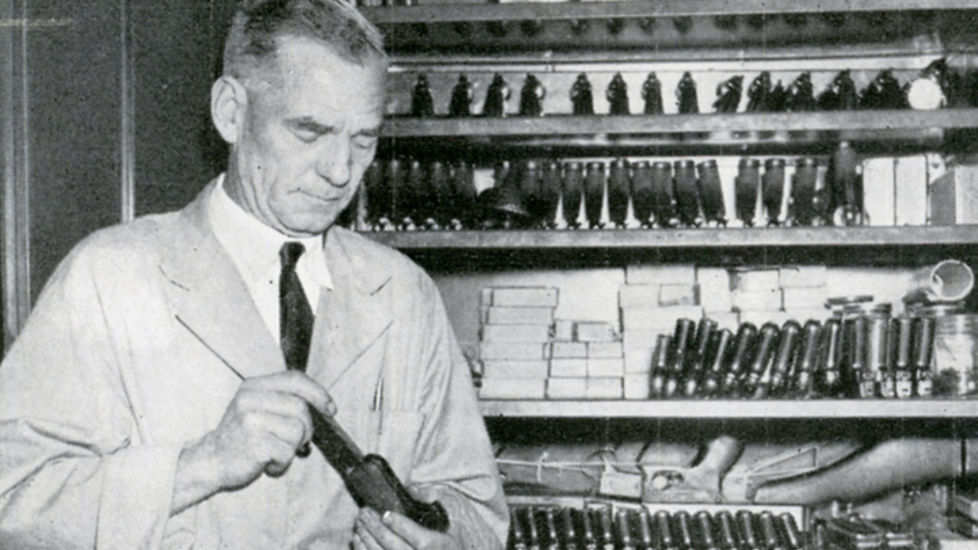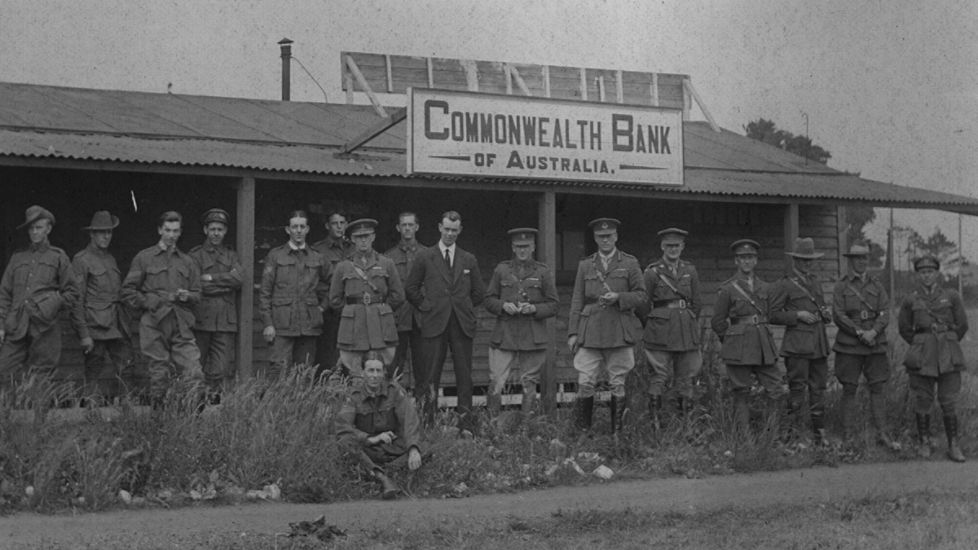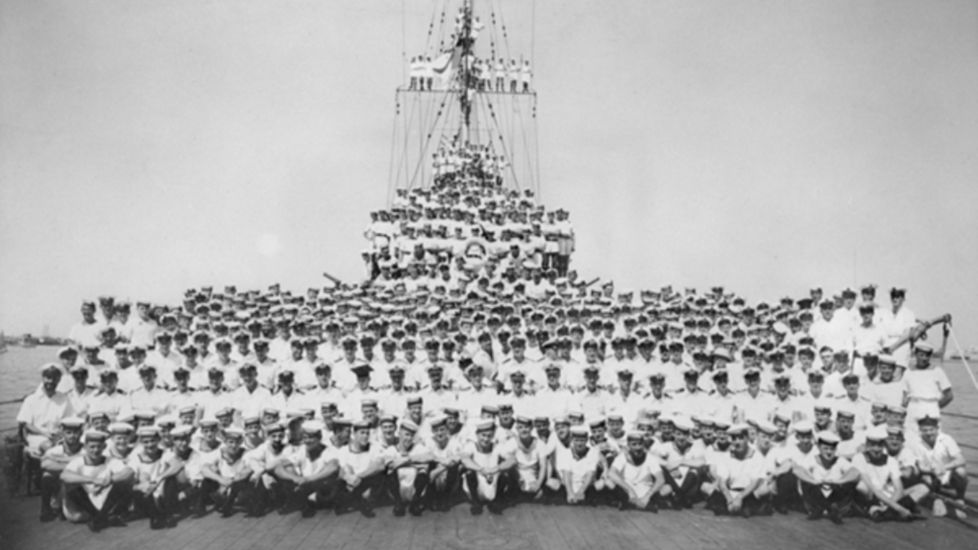Arthur Henry “Harry” Cobby was the epitome of a “Boys Own” hero – a real-life version of the fictional wartime flying ace Biggles, who featured in almost a hundred adventure novels written by British author Captain WE Johns after the First World War.
A CBA staff member, who first joined the bank in Melbourne in 1915, Cobby initially had no intention of becoming a pilot.
He’d actually been commissioned in the 48th Infantry (Brighton Rifles) in the Australian Army before war broke out. But the bank refused to release him for military service until 1916 when, at the age of 22, he enlisted in the fledgling Australian Flying Corps (AFC), the forerunner of the Royal Australian Air Force (RAAF).
Despite a self-confessed lack of interest in flying, Cobby mastered the famous Sopwith Camel biplane that was the mainstay fighter of the Royal Flying Corp and AFC from 1917 onwards and which saw him credited with shooting down 29 enemy aircraft and 13 barrage ballons between February and September 1918.
Described as one of the most “daring spirits” in the Australian air service and recognised as the leading AFC ace of his time, Cobby was awarded some of the highest honours possible including the Distinguished Flying Cross of which he later added two Bars and the Distinguished Service Order.
Having survived the war largely unscathed, he returned to Australia in 1919 and returned to the bank as a valuer of war service homes but resigned 15 months later to rejoin what was to become that year, the newly-named RAAF.





